Startup Brand Identity: Creating a Memorable Impression
Starting a new business venture is thrilling. You likely have a fantastic product or service that solves a pressing problem. Still, a solid offering isn't enough in today's crowded marketplace. You also need a thoughtful brand identity that sets you apart from competitors and forges lasting bonds with customers.
Defining your startup's brand is all about making connections. It's how potential users perceive your business at an emotional level. Get it right, and your brand identity attracts fans who become loyal brand advocates. But if poorly defined, your startup risks staying in the background.
So, how do you craft a startup brand identity that sticks in people's minds? This guide has you covered best practices for startups seeking to make a name for themselves. Let's get started!
Table of Contents
What Exactly Is Brand Identity?
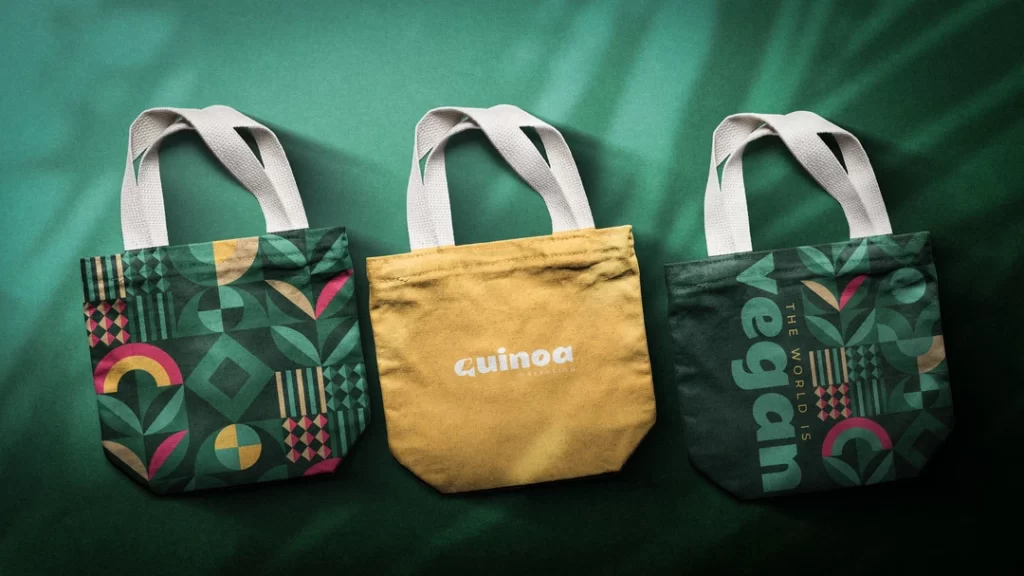
Before diving into brand identity components, let's clearly define what a “brand identity” entails:
It's How Your Business Communicates Its Purpose and Values
Your brand identity includes visuals, messaging, personality, and anything transmitting your company's beliefs. It shows what motivates you to serve customers. Identity lives in logo designs, taglines, packaging, advertisements, social media, and customer interactions. Wherever your startup appears, ensure the impression aligns with the ethos you want to build.
It Spark's Audience's Perceptions of Your Venture
Brand identity heavily influences impressions. And since success relies on customer relationships, ensure identity characteristics spark perceptions that attract your target demographic. A brand identity resonates emotionally with users if positioned effectively so they view interactions positively.
It's Foundational – So Get It Right from the Start
A mistake startups often make is prioritising other matters first and branding later. But identity should drive decisions from day one. Define it early on so choices on product development, hiring, messaging, etc., support brand building. Otherwise, you risk having a disjointed identity that confuses audiences.
Brand identity is the “soul” of your startup, communicating what you're all about. Doing thoughtfully leads to strong connections between your business and target fans.
Key Ingredients Comprising a Brand Identity
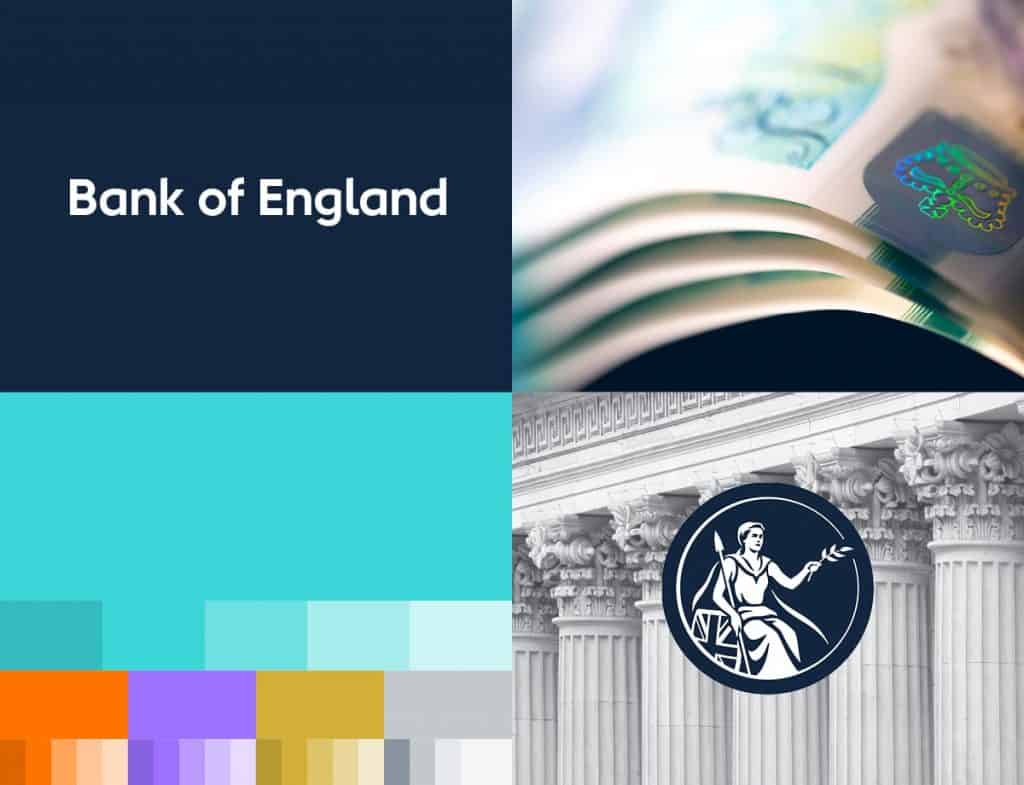
Now that we've defined brand identity, what are the foundational elements making up this “soul” of your company? Essential components include:
Company Name
Your business name is likely customers' first impression of your brand. So, choose easy-to-remember words evoking positive associations with your products/services. Wanting a unique name is understandable. But don't choose overly clever or complex phrases that are difficult to recall or spell.
Logo Design
A logo neatly encapsulates identity in a symbolic graphic. Compelling symbols trigger quick recognition of your company. The best feature is clever yet simple iconography flexible across uses like signage, websites, or merchandise. For example, the bitten apple icon immediately sparks recognition of the Apple brand.
Tagline
A branded tagline is a catchy slogan summing up your mission and offerings. For instance, Nike's “Just Do It” motto captures its motivational positioning. Though short, taglines powerfully communicate identity when done right.
Colour Palettes
Specific colour combinations form strong brand associations once established. Think Tiffany's signature robin egg blue or the vibrant red and yellow of McDonald's. Studies show colours trigger emotional responses, so choose hues conveying your desired identity traits.
We'll explore other elements shortly. But these four ingredients form the base “identifying marks” critical for recognition. Get them right first before developing advanced aspects.
Critical Steps for Developing a Brand Identity

With essential ingredients covered, what's the process for putting together your brand identity? Follow these best practice steps:
Conduct Self-Analysis First
Start by reflecting honestly on what your startup represents. Run an analysis of your organisation's internal culture and external market positioning. Gather perspectives from all senior leadership on your core vision, business objectives, competitive differentiation and target customer needs.
These insights should guide decisions on optimal identity traits to embody moving forward. Document them in a Creative Brief summarising key identity directions.
Research Your Target Audience
You can't develop an identity in a vacuum. You must intimately understand your target buyer personas first. Run user surveys and focus groups to uncover demographics, values, pain points and emotional drivers behind their purchase decisions.
Compile these audience insights into Buyer Personas – semi-fictional profiles representing your most likely potential customer segments. Referring regularly back to personas ensures you craft outward-facing branding that genuinely resonates.
Translate Findings into Identity Traits
Next, bridge your internal reflections and external audience understandings using the Creative Brief. Translate analysis into concise descriptions of brand identity hallmarks you'll emphasise moving ahead.
For example, if selling productivity software to busy entrepreneurs, identity traits may include “reliable,” “intuitive” and “empowering.” Such descriptors will guide your logo, tagline and other identity elements.
Design Core Visual Assets
With verbal identity traits defined, create core visual assets, visually bringing your branding to life. Namely, this entails a logo, colour palette and secondary graphic elements like custom iconography or illustrations.
Professional designers typically support startups by applying their expertise. Maintain clear communication so visual outcomes align with desired identity traits from your brief.
Expand Identity into Collateral & Touchpoints
Finally, permeate identity elements across every brand touchpoint. Integrate logos, branded colours, personality descriptors and other traits through your website, product packaging, advertisements, office environments and employee interactions.
Consistency furthers recognition while showing customers what you stand for. Revisit periodically to address touchpoints needing alignment back to core identity.
That covers the essential steps for baking a thoughtful brand identity. Next, let's examine specific identity elements to express through various touchpoints.
Verbal Identity or Brand Voice Design
Beyond visuals, consider what voice you use across interactions. Craft messaging content that embodies who you are. Brand voice includes tone (serious, funny), diction level (concise, conversational, academic) and point-of-view (first-person, second or third).
Define parameters, then train employees on maintaining voice consistency. However, conversations vary naturally and align voice frequencies with your ethos verbally.
Key Brand Identity Elements to Consider
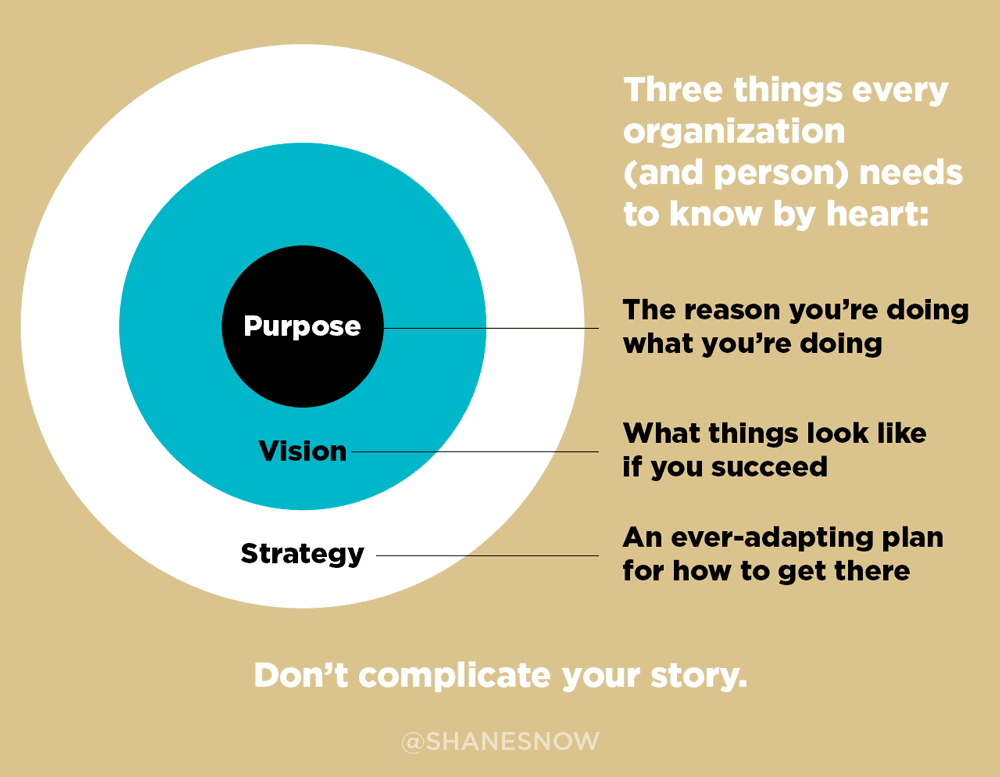
Beyond foundational brand identity ingredients covered earlier, various elements convey what your business embodies. Different combinations suit startups based on positioning. But commonly emphasised aspects include:
Mission Statement & Values
Show what motivates you through an “elevator pitch” mission statement, plus core values, further capturing identity hallmarks to live by. These declarations guide decisions internally while showing customers what you believe in.
Personality Traits
Brands project human personality characteristics. Is your “voice” serious, academic, or funny? Identify traits suiting customer needs/wants and product benefits. Then, consistently express them outwardly.
Brand Story Arc
Share your origin story – how the business came to be, key milestones, and any exciting backstory conveying motivations. Such narratives humanise companies while also spreading awareness.
Partnership Ecosystem
Feature strategic partners sharing your values. Such associations communicate by example who you align with and support.
Let’s explore critical elements driving strong brand identities for startups seeking to get noticed.
How to Craft an Appealing Brand Personality

A brand personality encompasses human traits and emotions an organisation embodies to spark connections with target groups. Is your company adventurous and free-spirited or traditional and academic? Establishing such characteristics (and matching visual identity to them) makes interactions more meaningful and memorable.
When crafting your ideal public character, consider these tips:
Match Personality to Audience Aspirations
Connect with groups you serve by adopting traits they admire. If targeting eco-conscious youth, embody community spirit and idealism. Are you selling to seniors? Stress wisdom and reliability. Build affinity through shared outlooks on the world.
Ensure Authenticity in Actions
Don’t adopt personality traits mismatched to honest culture/conduct. Back up character claims through aligned behaviours – otherwise, claims ring hollow. Walk the walk daily; customers recognise integrity and consistency.
Humanise Your Brand
Avoid bland, generic personalities. Feature interesting backstories, founder viewpoints, and employee highlights that bring a soulful dimension to the story. Such humanised depth makes audiences more investable.
A compelling personality captures attention in a sea of faceless companies while forging bonds with buyer groups primed to connect with you specifically.
Telling Your Brand Story Effectively
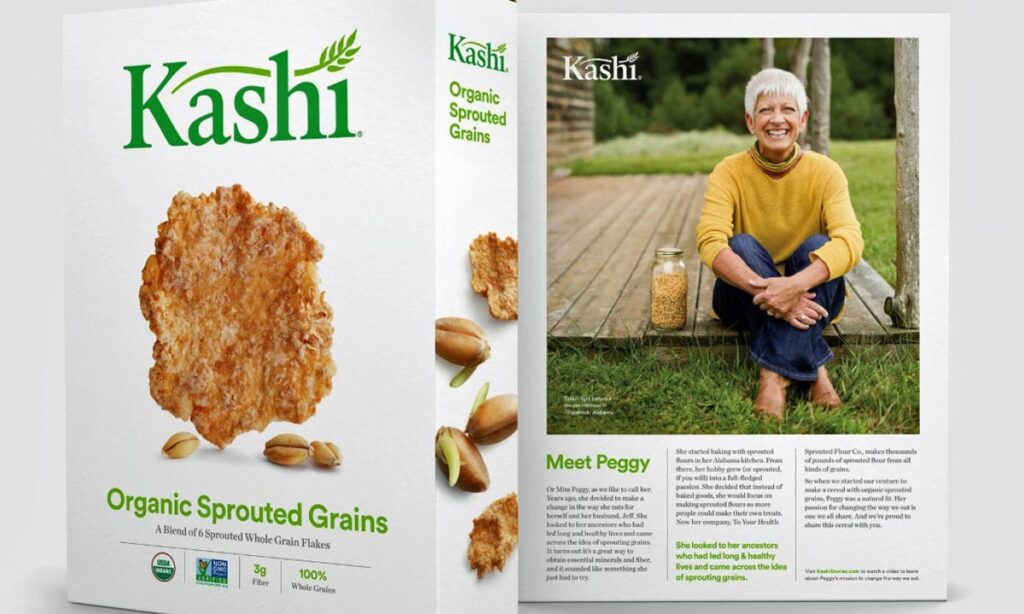
Expand on personality depth by sharing your brand’s story. How did you start? Why are you passionate about this mission? Convey intriguing narratives highlighting motivations, employee personalities and milestones in overcoming adversity.
Such a legend captures interest while making your enterprise relatable. Demonstrate there are real people behind the brand name innovating to solve real needs. Use storytelling across communications touchpoints through:
Blogs / Campaign Content: Publish origin stories conveying the motivational humanity behind your startup. Feature key team members also.
About Us Page + Videos: Show, don’t just tell your history via engaging multiline content, photography/video conveying the story visually.
Newsletters / Annual Reports: Continuously share updates on new chapters in your startup’s evolution.
Influencer Partnerships: Collaborate with aligned media publishers to broadcast narratives to wider audiences.
Staff Culture: Foster internal story exchanges on founding aims, challenges, etc. Pride compels sharing the excellent news externally!
Appeal through narratives proving themes on a commitment to quality, social responsibility or customer problem-solving. Story arcs make companies relatable while spreading awareness organically.
Why Brand Messaging Consistency Matters
Another key branding opportunity comes through messaging. From slogan taglines to ad copy to conversational voice, startup communications make impressions conveying (or confusing) identity. Some consistency tips:
Repeat Core Taglines
Revisit your short, pithy slogan summarising mission/offerings frequently across touchpoints. Repetition cements recall, linking key themes to your brand.
Maintain an Aligned Tone and Style
Formality, humour levels, complexity and other stylistic factors should align across messages or risk seeming disjointed. To maintain consistency, define an editorial style guide and grammar/word use policies.
Speak in Clear Customer Terms
Though conveying services, address buyers directly in a second-person voice. Use understandable language focused on their needs-based context vs. overly technical industry jargon.
Feature Recurring Theme Keywords
Identify frequently repeated keywords that summarise your principles, offerings, etc. Weave these branded terms in regularly to spark connections.
The glue-binding creative identity efforts come through steady messaging reinforcing the same themes around quality, problem-solving, customisation, etc. Don’t underestimate message discipline for its identity-building effects!
Building Partner Ecosystems Support Brand Growth

Startups rarely succeed through entirely solo efforts. More often, strategic business partnerships turbocharge progress. Cooperating with companies who align with your values and offerings contributes to branding depth. Featuring synergistic partner relationships communicates your principles through the good company you keep.
Let’s review partnership approaches to strengthening brand insights for emergent organisations:
Co-Marketing Campaigns
Jointly participates in promotional initiatives, drawing mutual attention benefits. Coordinating collateral, content, and media outreach gains more eyeballs while dually affirming shared beliefs.
For example, TOMS Shoes regularly engages corporate partners in “buy one, give one” goods distribution campaigns to fight poverty. Such valores-fueled cooperation spotlights TOMS's higher purpose while raising collaborator profiles also.
Value Chain Integration
Formalise supplier/distributor partnerships critical for scaling production and sales. Promoting these vital links communicates ecosystem connectivity, supporting your brand delivery promises.
Affinity Group Memberships
Join industry associations, technology alliances and social causes closely associated with your niche. Proclaim thought leadership contributions to shared missions. Vetted acceptance communicates your brand as a serious player committed to advancing niche interests.
Influencer Partnerships
Collaborate with vital online voices as brand ambassadors, humanising your story to their audiences. Align with personalities mirroring your desired identity traits. Their advocacy spotlights values in an authentic voice.
Review existing business relationships closely to identify promotion opportunities. Proactively reach out to potential partners about showcasing your brand alongside theirs before target demographics. Welcome partnerships signal credibility beyond going solo.
Creating On-Brand Environments and Swag
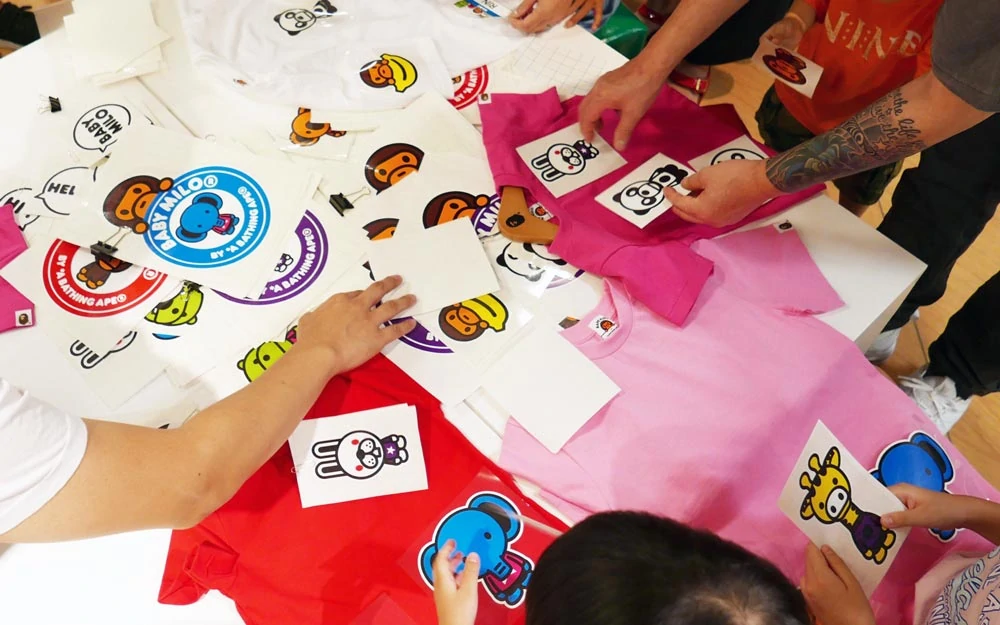
Make strong impressions through customer and employee facilities that reflect brand identity themes. Such immersive environments surround audiences with a visual embodiment of what you stand for at every turn.
Use signage, interior design palettes, display mount layouts and decor elements emphasising personality characteristics, origin stories and unique differentiators you want to be recognised with your brand.
For example, Google maintains whimsical, playful office decor aligning with its informal corporate culture and colourful logo palette. Such theming makes impressionable connections with visitors directly exposed to values in action.
Vendor swag gifts also make high-visibility impressions, conveying identity when creatively designed on-brand. Apparel, drinkware, tech accessories, office items and any end-user merchandise should feature logos, slogans or graphic elements unique to your brand.
Choose functional products recipients use daily for maximum impressions. Gifted items communicate your startup’s unique traits. Budget extra for quality production also, as cheap materials diminish positive associations. Leverage merchandising to spotlight your brand soul!
Tracking Brand Sentiment with Analytics
How do you know if branding efforts work to bolster market reception? Continuous metrics analysis using web and social listening tools tells the tale. Monitor keywords and hashtags referencing your company for real-time feedback on impressions made.
In particular, track:
Brand Sentiment – Ratio of positive, negative or neutral opinions conveying attitudes toward your organisation. Rising positive ratios indicate branding resonates.
Brand Reach – Volume of online discussions referencing your brand markers. More chatter signals awareness efforts take hold.
Engagement Actions – Tally user shares, link clicks, queries and other conversions sparked by your branded content. Interactivity shows genuine interest.
Adjust strategies if metrics plateau or slip over time. Continually publishing content and monitoring responses helps better relate. Metrics prove branding fosters real connections with buyer groups.
Common Startup Branding Mistakes to Avoid
This covers several best practices for conveying brand identity effectively as an organisation is just starting. To wrap up, let’s review missteps to avoid getting in your way on critical first impression branding:
Acting Too Big
From naming onward, overstating status looks disingenuous for young brands needing track records. Take a more modest yet confident positioning, befitting developmental reality. Customers relate to honesty.
Copying Competitors
Observe larger rivals’ tactics, but mimicry diminishes distinction. Stake out differentiated niches and branding explicitly tailored to who you are vs. anybody else.
Inconsistency in Messaging
Mixed signals on identity confuse audiences on what you stand for. Nail consistent communication of mission and values across touchpoints before trying general outreach.
Failure to Invest in Talent
Brand building challenges cash-strapped startups. But cheaping out on creative resources nearly always backfires. Prioritise securing talented staff/partners essential for crafting high-calibre experiences expressing unique selling propositions, personality and other soulful marks, making you memorable in the marketplace. These humans ultimately connect your brand respectably with other humans – your customer base. Appreciate and invest in their skills accordingly from the start.
There you have it – an extensive guide to building brand identity for startups seeking attention in crowded markets. Follow these best practices for high quality, consistent branding, and making your enterprise memorable for the right reasons!
Frequently Asked Questions on Startup Brand Identity
What's most important early on for branding my startup?
Focus first on nailing your core visual identity ingredients – memorable business name, distinctive logo, style guide, branded colours, etc. These elements make up your brand's recognisable “face” for imagery, websites, packaging, and promotions, consistently conveying who you are.
What's the best way to learn about my target audience?
Run user surveys, focus groups, and buyer persona exercises to understand customer demographics, values, and purchasing motivators intimately. These insights ensure you craft outward-facing brand identity content that truly resonates with the groups you want to serve.
How much should I invest into branding early on as a bootstrapped venture?
Resist minimally viable branding attempts despite startup budget constraints. Poor quality identity assets underestimate the value of good impressions you make. Prioritise securing first-class creative talent to craft distinctive, polished visuals, content and experiences expressing what your brand uniquely stands for. This soulful work connects with audiences emotionally, driving genuine relationships and sales.
Is my startup brand identity something that can evolve?
Absolutely. Brand perception starts with who you are early on but grows dynamically as you cultivate your customer community. Identity today may emphasise invention and skill. But over time, impressions can shift towards qualities like reliability and category leadership as scale and track record build. Just maintain authentic relevance to who you are at each phase.
How can I spread consistent brand messaging across our distributed, remote staff?
Convey core identity hallmarks, persona profiles, editorial guidelines, and other branding reference documents through intranet platforms and employee onboarding. Schedule regular video meetings to review the latest style guidance and collateral so everyone learns to communicate current brand pillars to audiences.
